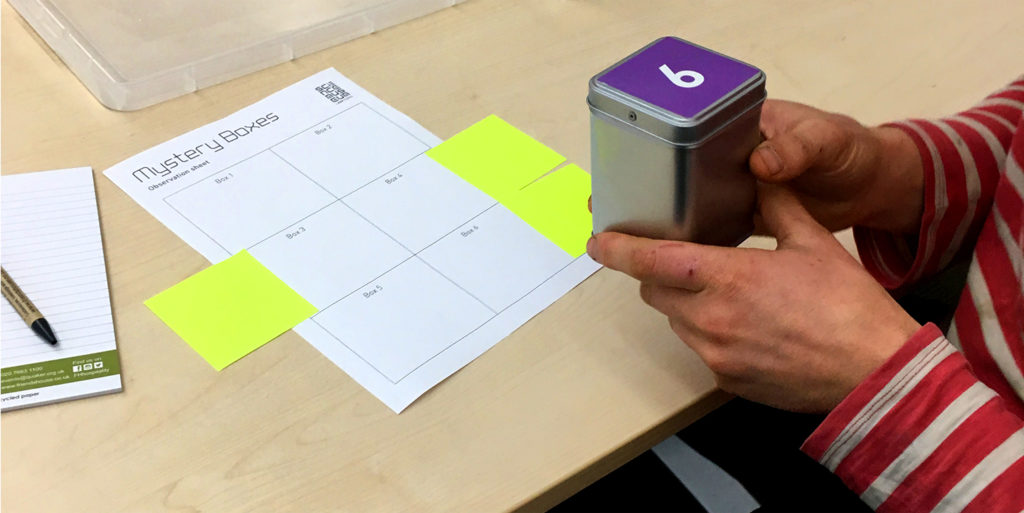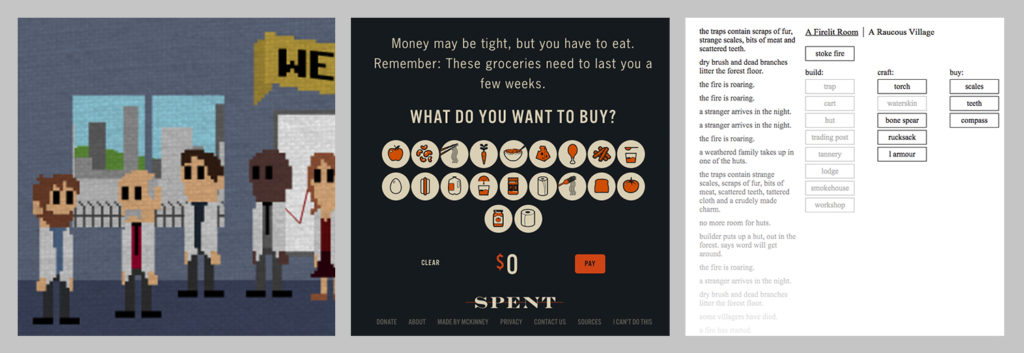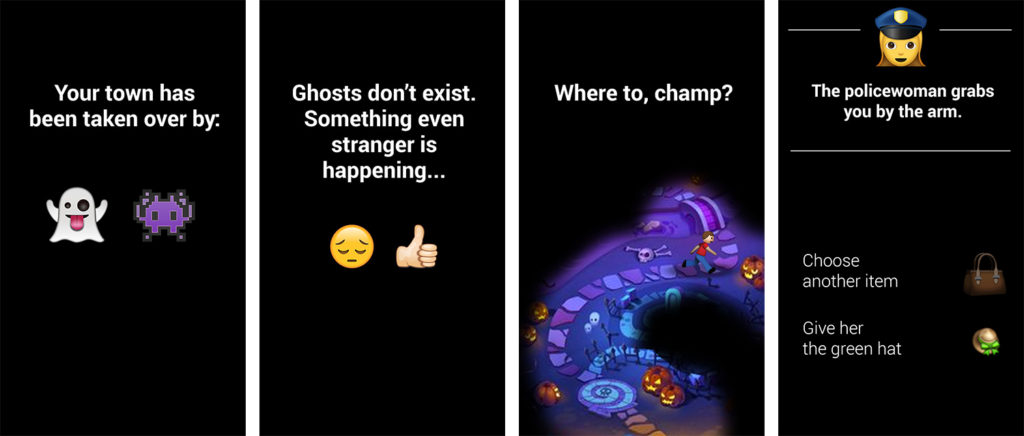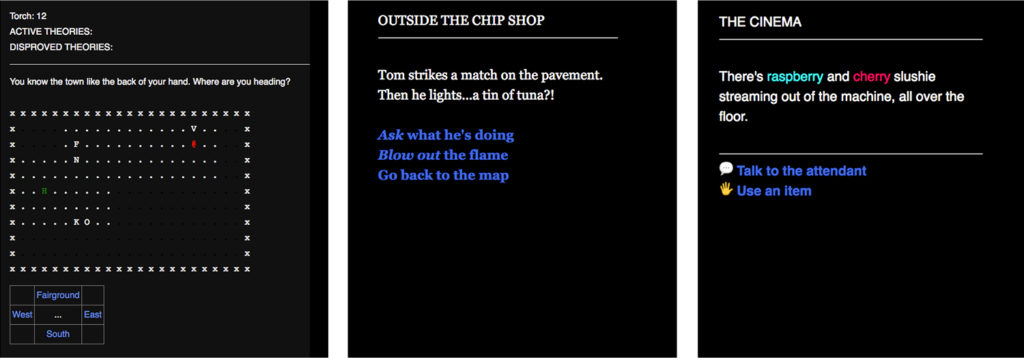Mystery box
We admit it: science capital took a while to make sense. The turning point came in an all-team kick-off workshop. Beth Hawkins, science capital lead, invited Thought Den to play “Mystery Boxes” and deduce the contents of a series of locked metal tins. After tapping, smelling, tilting and discussing our way to consensus, Beth confessed – spoiler alert – that even she didn’t know what was in them.

After some frustrated ranting came the realisation that in science there are no definitive answers. Science is a journey into the unknown and the basic skills of curiosity, trial and error, observation and teamwork are the essential fuel.
The Aha! moment
Without knowing it, young people are already brimming with science skills and apply them every day, often via increasingly sophisticated digital games. Having identified the dangerously off-putting misconception that science is for boffins, the idea of science capital therefore presented us with two challenges.
Firstly, make a game about science that doesn’t feel like a game about science and secondly, encourage the player to actively recognise they’ve been doing science. This became known as the “Aha! moment” and the holy grail throughout production.
Inspiration
Inspiration included the poverty simulation game Spent, text adventure A Dark Room, set in a barren future of sparse resources, and One Chance, ostensibly about science but ultimately challenging players to avoid destroying the world.

The common theme in these examples is engaging story combined with meaningful choice-making, transferring into our vision for a casual choose-your-own-adventure mystery. However, with a target age range of 7-11 year-olds, the concept would live or die on our ability to keep the volume of text to a minimum.
Prototyping as audience research tool
The first formal user test featured two purposefully different prototypes to help us feel our way towards the clearest expression of what it means to help a child increase their science capital.

- Game format: Tamagotchi with a twist
- Narrative structure: multiple paths, multiple outcomes
- Reference: Please Don’t Touch Anything
- Prototype format: Powerpoint
- Test conclusion: Easy to use, encourages the essential skill of ‘figuring out’ how it works, but the open-ended nature caused confusion.

- Game format: Classic text adventure
- Narrative structure: Multiple paths to a single resolution
- Reference: 16 Ways To Kill A Vampire At McDonald’s
- Prototype format: Twine
- Test conclusion: Most popular due to the familiar format, relatable setting, sense of atmosphere and clear call to action. Risks around volume of text.
Prototyping as design tool
Prototyping also played an essential role as a day-to-day design tool, steering us towards a better play experience. We produced over 20 prototypes as part of the production process, using tools like Powerpoint, Marvel, Twine, Ink and of course paper. The quicker you can play something, the faster you’ll find what works.


Inspired by science capital
It takes time getting your head around this nuanced concept and all its permutations. Thankfully we could work closely with a wide-ranging Science Museum team to explore ways to help players reflect on their science skills. This collaborative process touched on locations, character design, language and core features, which were all then tested with hundreds of children in pursuit of the most relatable and engaging experience.
By synthesising this learning, we realised it was actually quite simple: the more confident people can be in asking questions, trying things out and finding creative solutions, the more likely it is they will get stuck into the bigger, real-world issues that matter.
Prototyping helped us explore ways of encouraging these skills but there’s nothing quite like seeing everything come together in a tailor-made engine. We’ll be back in a few weeks to reveal the results…
Total Darkness is a free online game playable on smartphone, tablet and desktop. Play now at totaldarkness.sciencemuseum.org.uk.